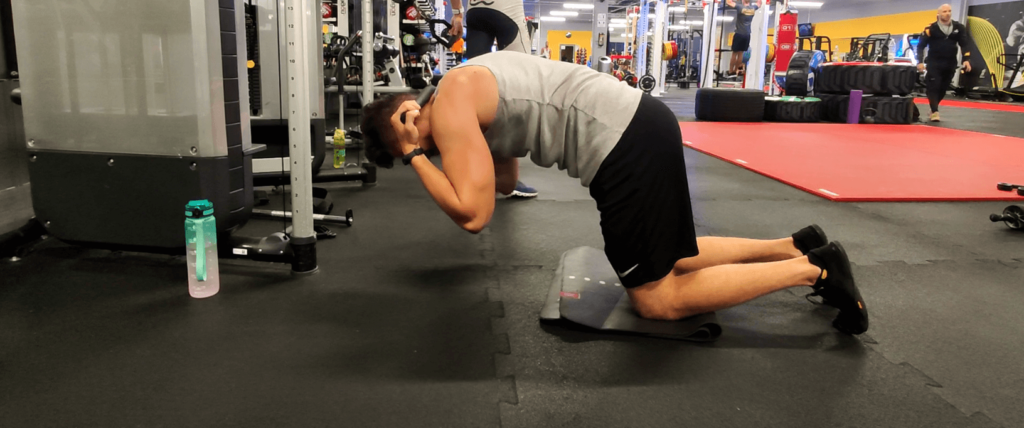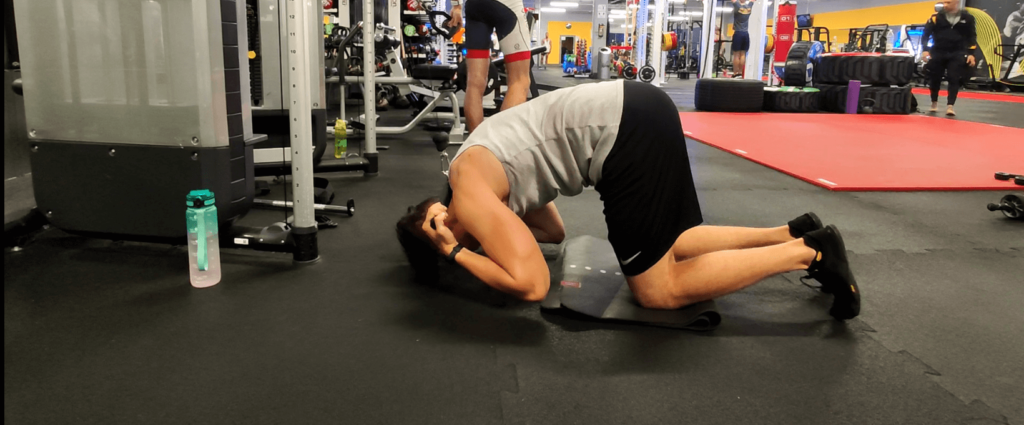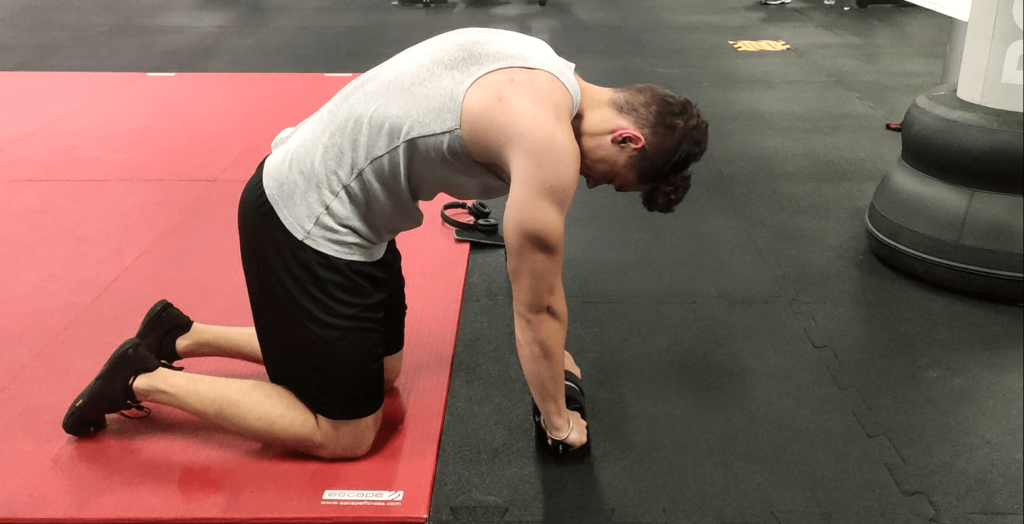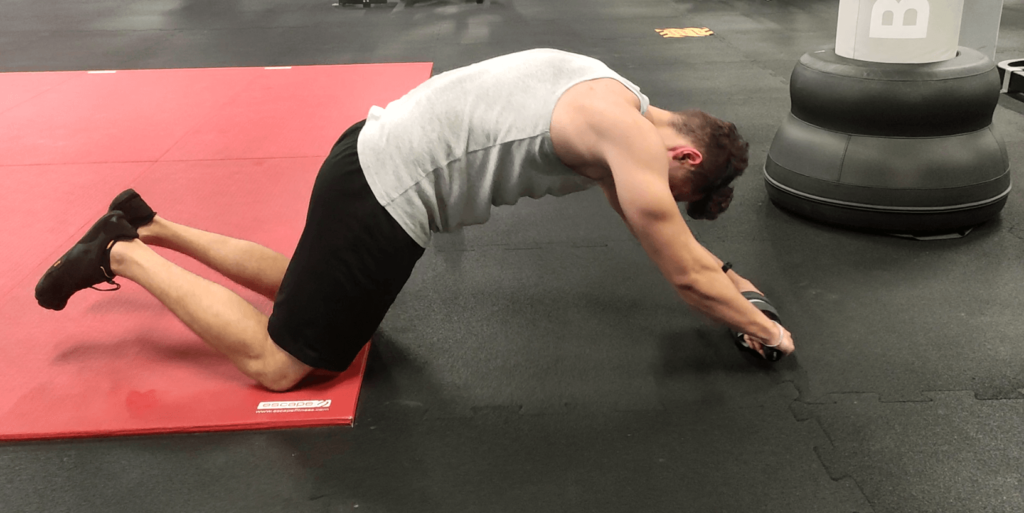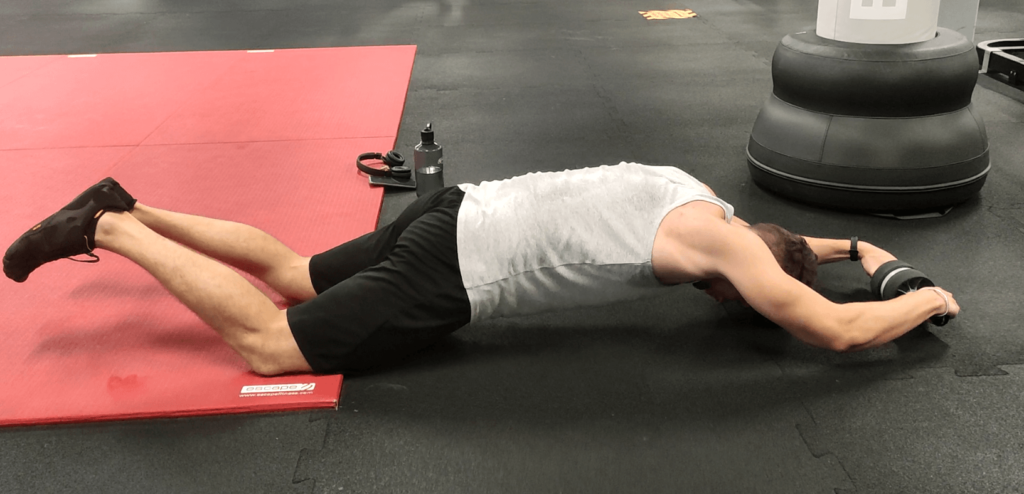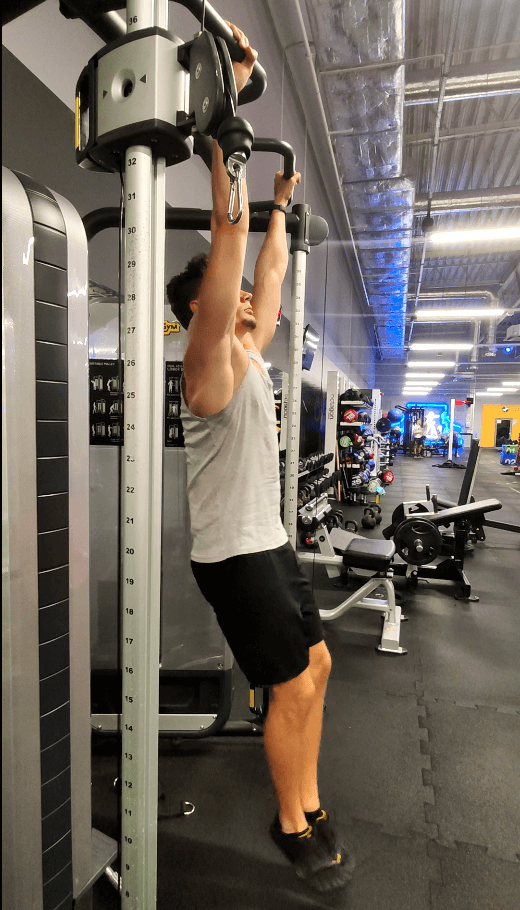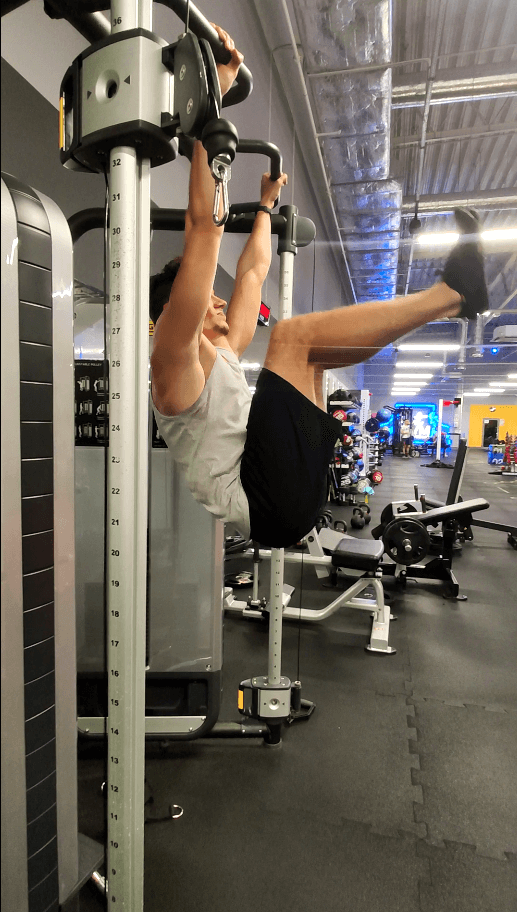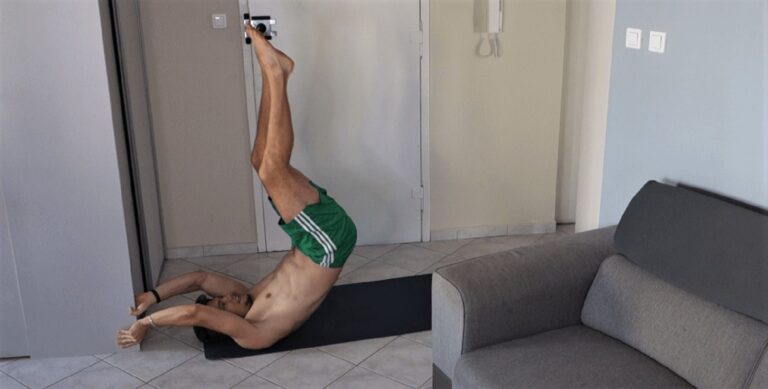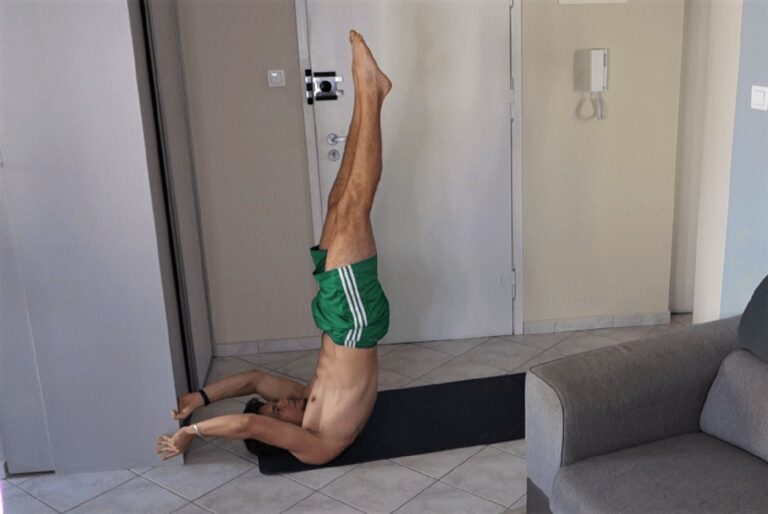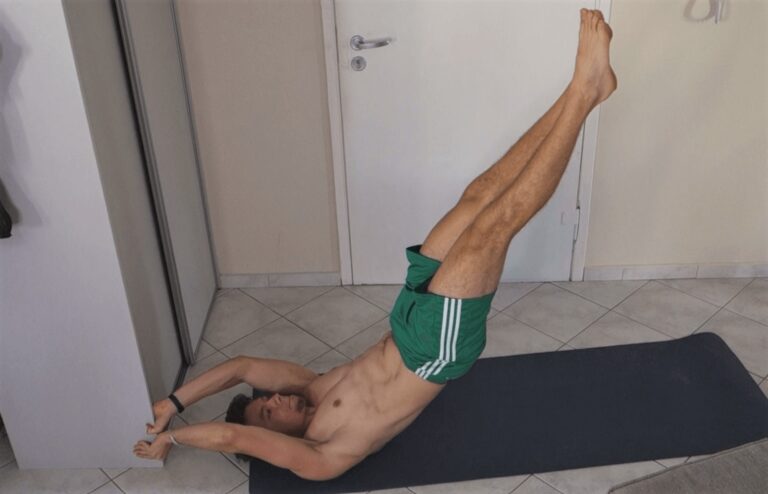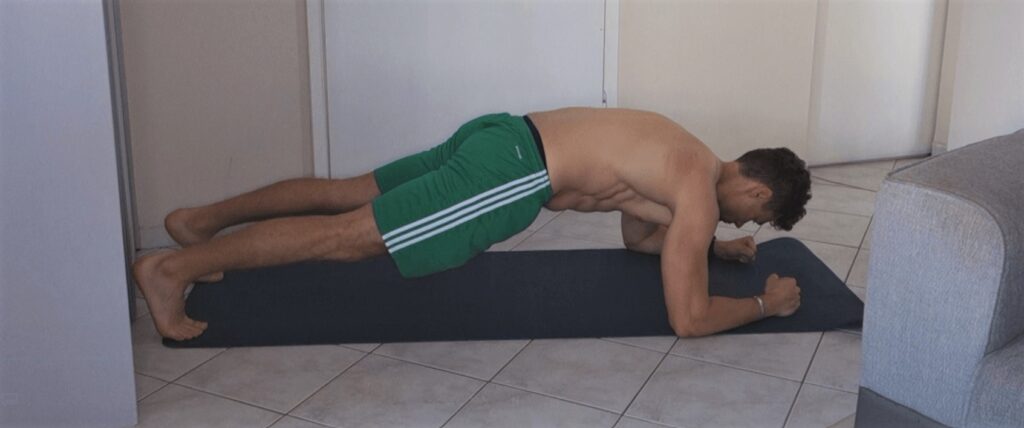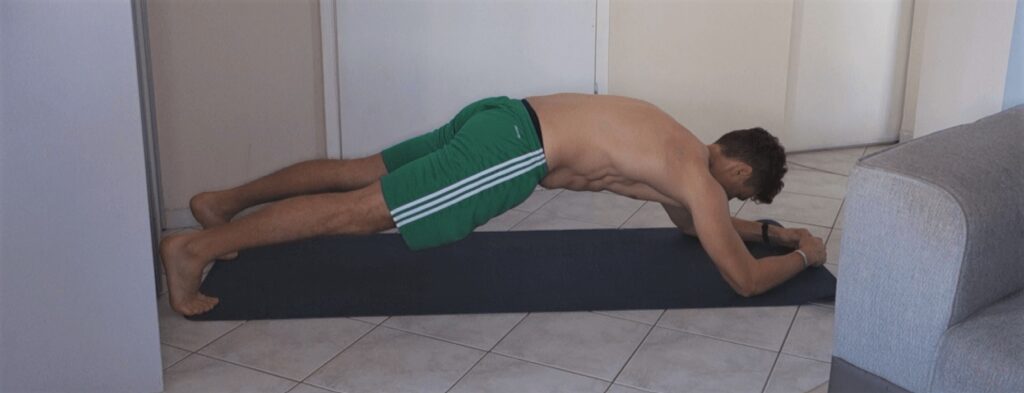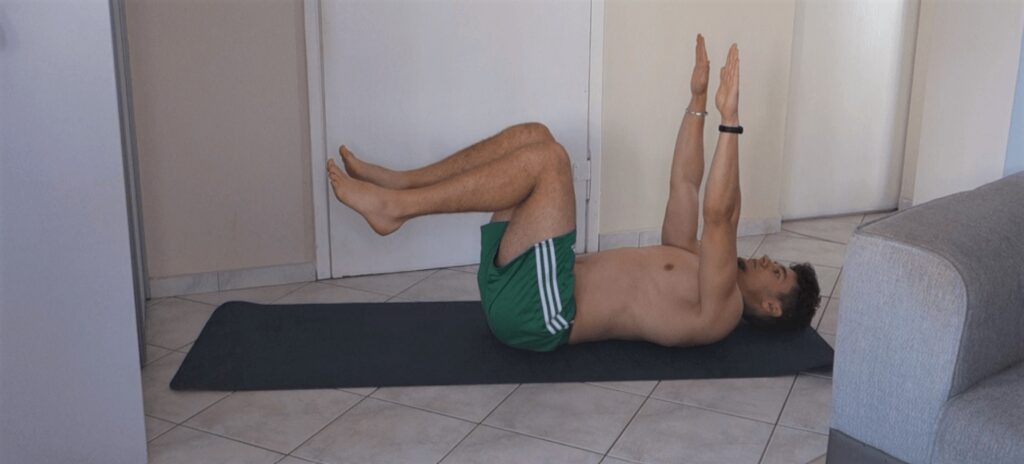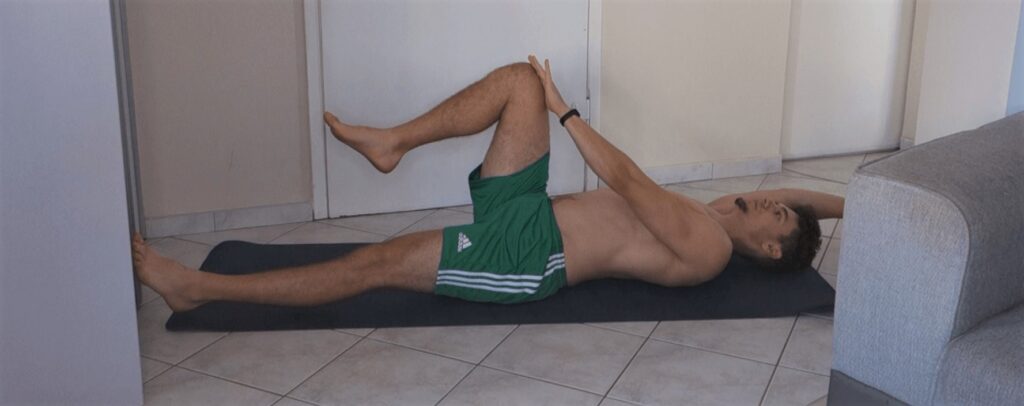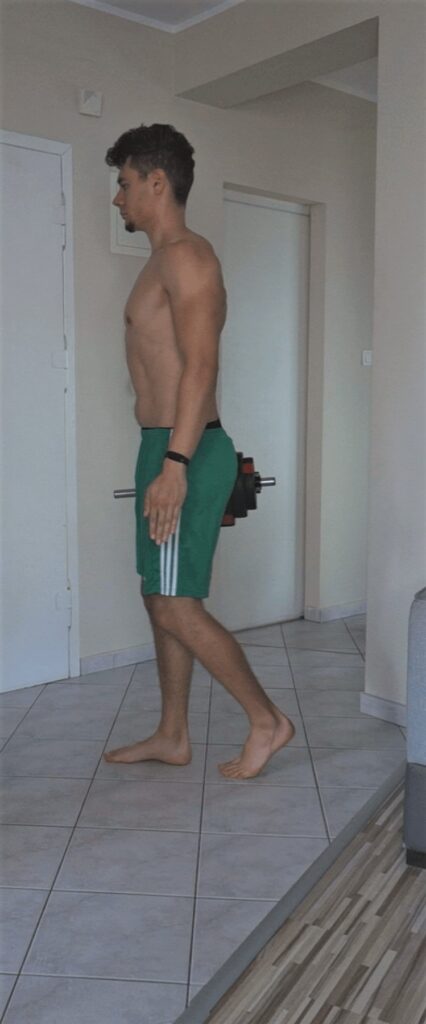A strong and durable core translates not only into better results in the gym. It also allows you to do everyday tasks with greater ease, such as carrying shopping bags or lifting heavy objects from the ground. In addition, the core muscles have a stabilizing function for the spine, thanks to which we can safely perform exercises such as deadlifts and squats. So which exercises strengthen the core? And why are ordinary crunches not enough? You will find the answers below.
What is a core?
Simply put, the core is a group of muscles that surround our torso from the sternum to the pelvis.
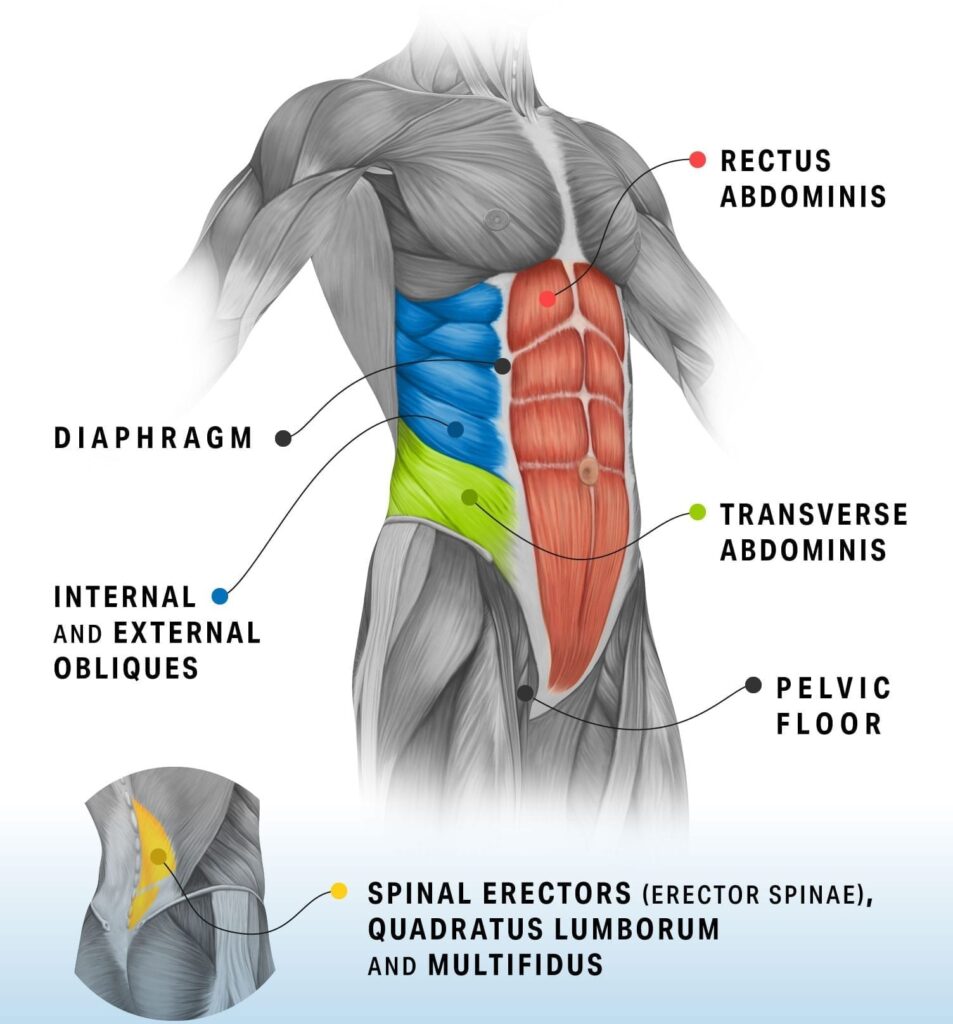
Strengthening the above-mentioned groups contributes to better stabilization of the whole body during movement. For example, if the weight of 10-20 kg carried in one hand outweighs us so that we cannot maintain an upright posture, it means that the oblique and transverse abdominals are too weak.
The abdominal muscles, the main part of the core, are composed of both slow and fast twitch fibers. Slow twitch (type I) fibers are stronger and use energy more evenly, which means they are active during high repetitions with light weight. On the other hand, fast twitch fibers (type II) are definitely stronger, but use energy faster – they will be more active during heavy lifting. Therefore, in order for our core to function properly, it must be trained in various ways.
Hypertrophy
If we want to build the desired six-pack, we should progressively increase the weight or the number of repetitions in the series and choose more and more advanced exercises. Of course, for beginners, simple crunches will be also beneficial. However, when we are able to do dozens of them without any problems, it’s time to introduce more demanding exercises.
In order to grow, muscles should work with a different range of motion. Therefore, in the case of the abs, the crucial thing in exercises is the bent in the thoracic spine and hips. It allows for maximizing the tension in the concentric phase of motion. Here are four of my favorite abdominal exercises. They are really demanding, so I personally do them until muscle failure, usually up to 15 repetitions.
Cable crunch
Ab-wheel
Modified Candlestick
Stability
But building a six-pack is not enough. In order for the core to properly perform the protective functions of the spine, we must learn to actively use it during movement in various planes. For this purpose, the best exercises are the ones in which we keep the natural curvature of the spine. During stability exercises, we try to maintain the maximum possible tension of the entire core.
Below are my top 6 stability exercises – I believe they are the key to improving our performance both in the gym and in other sports.
Plank
Dead Bugs
Pall-off press
Farmer’s walk
Note: by slight pelvic tilt, I mean creating the tension in abs and setting the spine in a netural position. The idea is to avoid both anterior and posterior pelvic tilt.
Other great core stability exercises are Side Plank and Bird Dogs. Like dead bugs, you can perform them with a pause of 5-10 seconds. How to properly perform them is presented at the beginning of this article: No Equipment? No Problem! Top 20 Bodyweight Exercises At Home
Summary
Regular core training is the key to success in other exercises. After all, complex movements such as deadlifts and barbell squats are the best tools for improving the strength and functionality of the entire body. However, in order to lift safely, we must build a decent foundation. We need to be both, strong and stable under the barbell, so let’s strengthen the core in various ways. Additionally, if you have a strong core, you will notice that it also works on a daily basis, be it while carrying shopping, climbing stairs or picking something off the ground. In addition, everyone wants to have a healthy spine, so reach for the above-mentioned exercises several times a week and build your bulletproof core.

